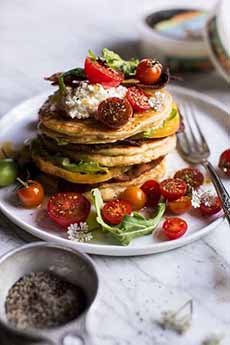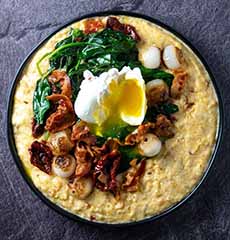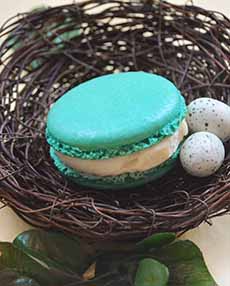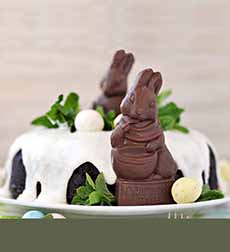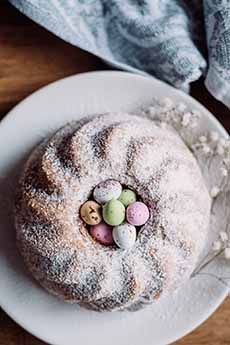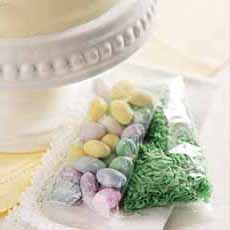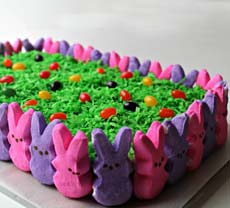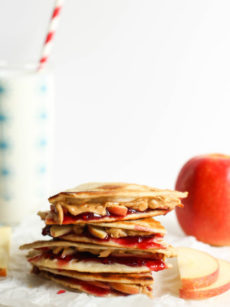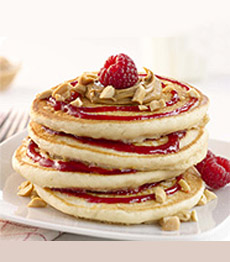|
April 1st was National Sourdough Day. We’re a couple of days late, but we wanted to make the brilliant flavored sourdough bread from Rize Up Bakery in San Francisco our Top Pick Of The Week. If you live nowhere near San Francisco, never fear: They ship nationwide, and there are subscriptions and gift cards to share the bread love with other fine food lovers.
Rize Up Sourdough was born early in the pandemic when founder Azikiwee Anderson’s job as a private chef and caterer suddenly stopped. During those early house-bound days, he noticed the Instagram posts of friends who’d begun baking sourdough—a familiar pandemic-born hobby.
Zee, as he’s called by friends, jumped onto the bandwagon and when he posted his own photos, friends wanted his loaves. What started as a hobby turned into a micro-business overnight, driven by social media and word of mouth.
His small business couldn’t keep up with demand. He put his own spin on the classic San Francisco sourdough, as you’ll see in the next section. He sells through retailers and online.
With an ongoing concern about social justice and the needy, Zee created a Pay It Forward option. A customer buys a loaf of OG Sourdough (the classic) at a discounted price, and that loaf is donated to a food bank in San Francisco.
Zee sounds like a great guy, in addition to being a great baker. If we ever get to San Francisco, we’d like to shake his hand.
RIZE UP SOURDOUGH VARIETIES
Rize Up Sourdough makes more than sourdough. You can see the whole line on the website.
But our focus today, for National Sourdough Day, is the sourdough loaves. And there are plenty of loaves to love!
Cardi B Mix. This loaf is known for its aggressive flow and amazing flava, just like her, says Zee. It has an exotic taste and the most beautiful fragrance of all the loaves, thanks to cardamom and mixed berries.
Everything But The Kitchen Sink Loaf. Unlike its bagel namesake, where the “everything” toppings have a tendency to flake off, in this version the “everything” seasoning is injected throughout the entire crumb (the interior of the bread—photo #3).
Garlic Confit & Thyme Loaf. Bringing some French flavors to California sourdough, the bakery advises that this loaf will be the best garlic experience you’ll have all year (photo #5).
Jalapeño Bacon Chedda (their spelling). The cheddar is Tillamook, a Nibble favorite. The jalapeños are fire-roasted for smoky flavor. And the bacon…need you ask? (photo #5)
K-Pop Gochujang Sourdough. Riding the trend, this loaf combines the flavors of gochujang sauce, toasted sesame seeds, roasted garlic, and fresh scallions.
Masala Sourdough. Inspired by the spicy khara buns and bread from the legendary Iyengar bakeries, first established in 1898 in Bangalore and across South India. Stuffed with onion, turmeric, cumin, curry leaves, cilantro, serrano and roasted jalapeño chiles, it’s an explosion of spicy savory flavor, says Zee. It’s just begging to be turned into a great grilled cheese sandwich (take it up a level by adding jam or mango chutney). It’s equally good toasted, smothered in butter, and served with a piping hot cup of masala chai (photo #1).
9th Ward Sourdough. Zee was born in New Orleans, and is no stranger to Southern heat. So he made this loaf as hot-hot-hot as it can get. It’s a mixture of the classic OG Sourdough loaf stuffed with Louisiana hot link sausage. This loaf is asking to be your breakfast go-to, Zee says, served toasted, with an egg.
OG Sourdough. This is the loaf that started it all: the Original Gangsta classic sourdough.
Olive-Black Truffle-Black Pepper-Parmesan Sourdough. The olives are the great, green Castelveltrano. A great loaf to serve with your cheese or charcuterie board (or for toast, a sandwich, anything!).
Paella Inspired Sourdough. This loaf was inspired by the Spanish Table restaurant in San Francisco. It’s packed with chorizo, garlic, and paella seasonings. BYO sangria.
Sesame Scallion Sourdough. Made with toasted sesame seeds and fresh scallions with a black sesame crust, Azikiwee asks you to imagine the best scallion pancake you have ever had made into a sourdough bread loaf. It’s a perfect sandwich bread, with your go-to fillings or with cream cheese and smoked salmon.
Ube Sourdough. One of the most popular flavors, the ube loaf mixes sourdough dough with Filipino purple yam, a trending flavor in the U.S. (photo #4).
Veggie Jalapeño Chedda. Check out photo #5 to see how you can turn this loaf into a snack with beer, wine or cocktails.
What flavor will Zee create next? Stay tuned!
RIZE UP SOURDOUGH VARIETIES
Head to RizeUpSourdough.com and order your loaves.
> The History Of Sourdough Bread
> The History Of Bread
> The Different Types Of Bread
|
|
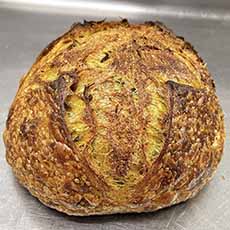
[1] Masala Sourdough: stuffed with onion, turmeric, cumin, curry leaves, cilantro, serrano and roasted jalapeño chiles (photos #1 through #5 © Rize Up Sourdough).
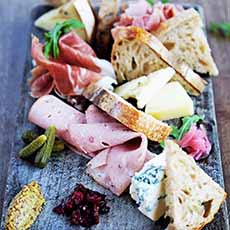
[2] The OG Sourdough is welcome anywhere, but with a cheese or charcuterie board, one of the flavors—Garlic Confit & Thyme or Sesame Scallion—might be a treat.
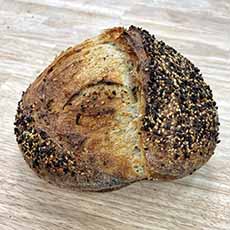
[3] Everything But The Kitchen Sink Sourdough is for the “everything” bagel crowd.
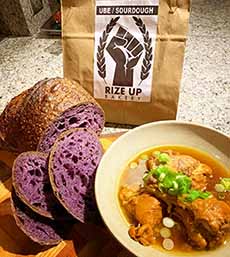
[4] Brilliant purple Ube Sourdough, one of the most popular flavors, pairs with anything—here, with Chicken Adobo.
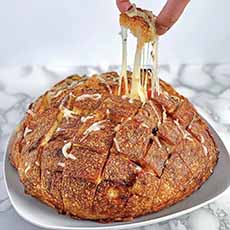
[5] The Jalapeno Bacon Cheddar Sourdough loaf can be scored to create a pull-apart, cheezy nibble with drinks (photo © Marti Wants More).
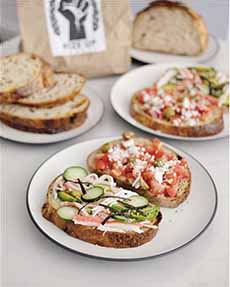
[6] Whatever sandwich you crave, a flavored sourdough takes it to the next level (photo @ Stephanie Lau).
|
|
